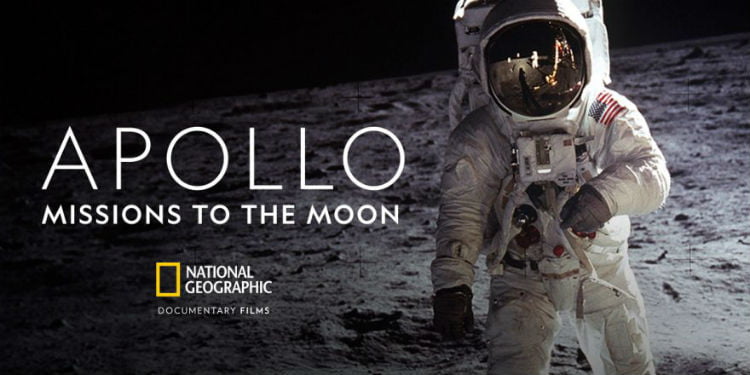
Imagine a documentary with no narration, no talking heads, or even interviews of people recounting what they remembered. Instead, you see archival TV footage, never-before-heard radio broadcasts, home movies, and audio taken from that point in time to create an eyewitness, first person-like experience. With National Geographic Channel’s ‘Apollo: Missions to the Moon,’ you have exactly that.
In an unexpected yet entertaining process, ‘Apollo: Missions to the Moon’ weaves together more than 500 hours of footage, 800 hours of audio and 10,000 photos, to tell the story of NASA’s Apollo Space Program — from the ill-fated Apollo 1 mission, which claimed the lives of three astronauts, to the final flight that brought the Apollo program to a close. But instead of having a host lead you through the documentary, director Tom Jennings has the recorded audio and visual of history be your guide.
Before the premiere of the ‘Apollo: Missions to the Moon,’ ScienceFiction.com spoke with the Emmy and Peabody award-winning filmmaker about the process of creating such a unique storytelling method and how his documentary stands out among all the other projects that will also celebrate the 50th anniversary of the moon landing.
ScienceFiction.com (SF): It was interesting to see how Hollywood movies like ‘Apollo 13’ and ‘The Right Stuff’ lined up with the events shown in your documentary.
Tom Jennings (TJ): Yeah that is fun! I agree with you. If you look at the real material you can see where Hollywood borrows from it or ignores it, so it is kind of fun to look at it that way.
SF: How did you get involved with this project?
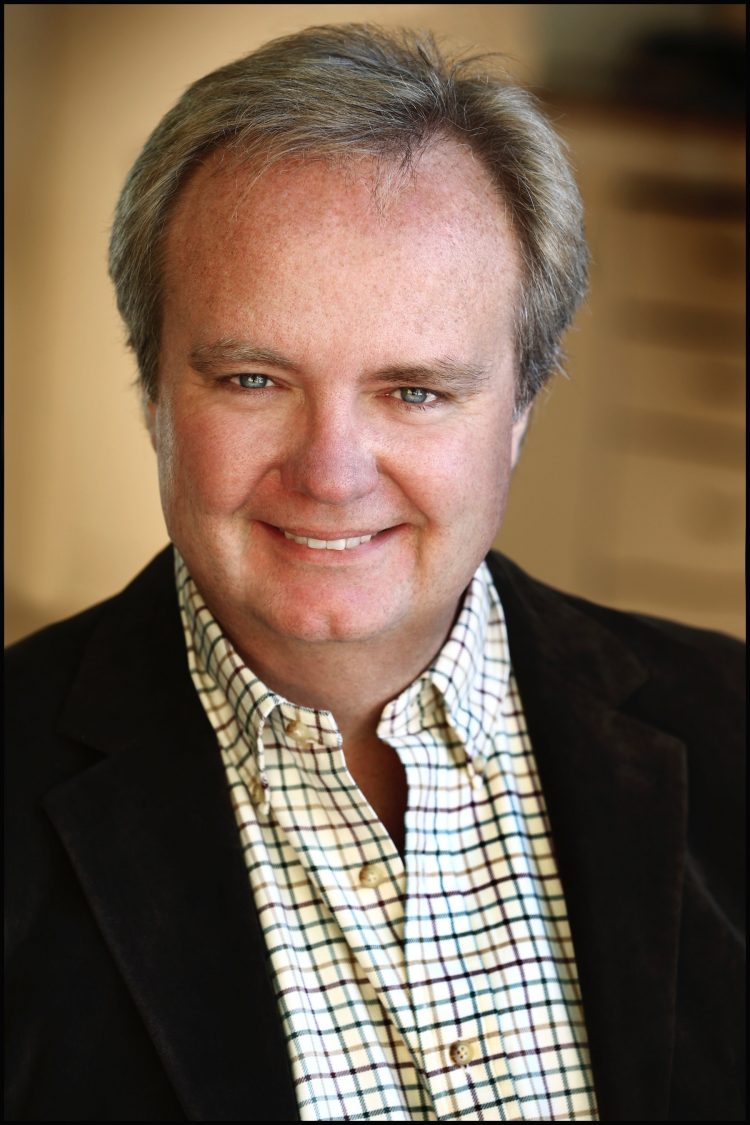
TJ: We make a lot of docs for the Nat Geo channel. We did one for the Space Shuttle Challenger disaster which did very well for them and won an Emmy for the network. Then in 2017, we did an anniversary show for them on the death of Princess Diana and that also did very well for them. We did the same format of narration with no interviews and showcasing what the world was like at the time the events were going on. Right when that came out, which was on August of 2017, we started talking to National Geographic about what should we do next. They said networks, in general, are big fans of anniversaries because people get talking around anniversaries. So we started looking forward to the calendar (these things take a year, a year and a half to make) and, of course, the 50th anniversary of the moon landing was coming up and would be a big deal so we started talking about it.
We knew there would be many, many films, television programs, podcasts, whatever, about Apollo 11 and the moon landing so we made a very conscious choice to do all the Apollo missions because Apollo 11 doesn’t operate in a vacuum. The previous Apollos, the Mercury and Gemini programs, all contributed to what happened with Apollo 11. So in the film [‘Missions to the Moon’], we go from Sputnik to the beginning of the Space Shuttle. We go through the entire Apollo program and that was done on purpose to help set us further apart not just in the style that we use, but also the breadth of the story that is involved.
Reliving The Age Of Wonder
SF: You managed to bring to viewers who were not born in the era of the moon landing the same type of excitement that was felt at the time with the footage you choose for the documentary. How did you manage to achieve that tone?
TJ: I am fortunate enough to have the grace of memory of those days so I remember that excitement. Let me tell you a quick story. During 1968, I was 6 or 7 years old and at that time of the Apollo 8 launch, and they did this thing the called Christmas Eve broadcast, which when you see the film you will see it is in there. The world literally stopped for this broadcast. It was massive. I remember hurrying home in the bitter cold night in Cleveland, Ohio, where I lived looking up at the moon and then looking down the street to my house thinking, “I have to get to my house so I can watch those guys that are flying around the moon in that spacecraft.” It was like a feeling of wonder came over me – like this was magic. I don’t know how they are doing it but I had to be a part of it. I had to witness it. So in some ways, the film became a memory piece for me because I wanted to capture that feeling. You experience it so infrequently in your life that I can remember it like yesterday and wanted feel it again, so we purposely sought out footage that would help tell that part of the story.
For example, we opened Act I with Walt Disney and that was very much on purpose because who better to elicit a sense of wonder in an audience than the guy who created Disneyland and Micky Mouse. We looked for this sense of feeling that the entire story was bigger than just a few people, bigger than ourselves… something that would encompass the whole world with the feeling that these people were going to accomplish something that no one thought was possible. And fortunately, that theme runs throughout the entire story of the footage we were looking at. For me, it became less about the space race, which was how it started and became much more about covering something the world thought was impossible. We were going to figure it out and that’s the age we left with – the age of wonder.
No Such Thing As TMI
SF: What was it like to have access to NASA’s full archives?
TJ: It’s fun and overwhelming. I don’t mean to be dismissive, but there is a lot of stuff. We chose major story points along the way that help how the story needed to be told. There were two big things that came out of the last year that I know other docs are using – there’s actually three things – one is that NASA finally digitized 10,000 photos from the Apollo era which the public can go online and find many of them now. They are brand new shots of mission control all the way to shots from the moon. We found out about it very soon that they were putting them online. We started pulling them down left and right. That was exciting.
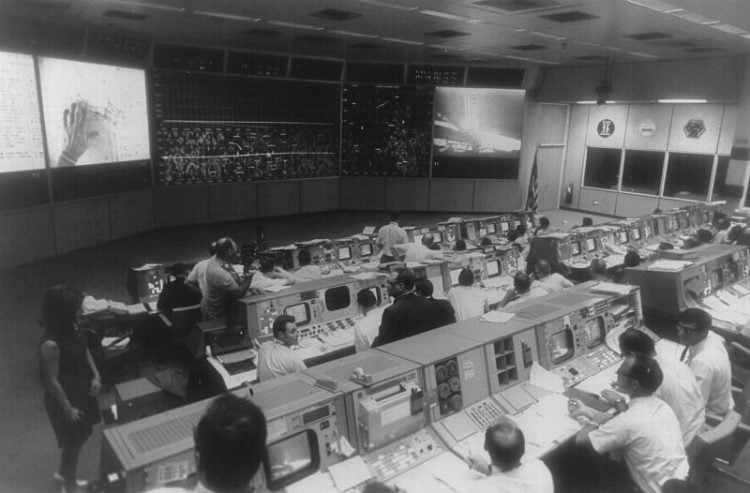
Then they had thousands and thousands of hours of something called a 30-track. That’s when you see mission control and there’s hundreds of people sitting there talking on headsets. In the past, you’d only hear the guy talking to the astronauts. He’s called CAPCOM which stands for Capsule Communication. You’d only hear the CAPCOM guy but you wouldn’t hear anyone else. NASA has finally gotten around and started working with universities and other organizations that can digitize this 30- track.
So image 30 people talking 24/7 for the length of each mission which would be up to 200 hours for each mission – up to 12 manned Apollo missions – that’s thousands and thousands and thousands of hours of audio. When you used to watch documentaries about NASA you would have talking heads describe what it was like and you would see the footage but there would be no sound or they would put in some fake sound. Now you have the actual people talking and to me, it almost became like music, like a background track of all these people talking to each other in real time with the footage married together so that it matches. It really doesn’t get any better than that, so that was really exciting as well.
SF: What was the most surprising thing you learned about the Apollo missions while making the documentary?
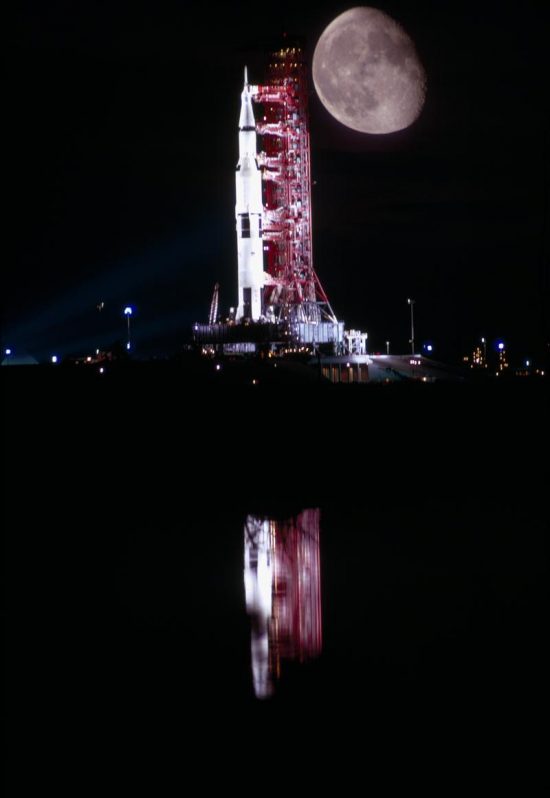
TJ: The most surprising thing I learned was the size of the Apollo program. Going through all the material, I discovered that 400,000 people worked on Apollo – in some shape or form over those 8, 9 years. 20,000 businesses were subcontracted by NASA to assist the Apollo missions. It’s tough to even get my head around the scope of a project like that. In the past, you would look at shots of mission control, for example, and you’d think that’s pretty much the people putting this thing together, and that was only a few hundred people – when actually behind the scenes and we do mention some of that like when Wally Schirra described all things that go on in the background in rooms that aren’t in mission control. I think the sheer scope of that, I didn’t realize that. I certainly studied Apollo enough to know it was vast. I knew it was big but I didn’t realize that big. That surprised me the most
What Goes Around, Comes Around
SF: You added a little moment in the document about the Flat Earth Society…
TJ: Yeah! There’s a couple of moments along the way where we thought, we need to break it up a little bit. We thought it was kind of funny as there are Flat Earthers even today. We were looking at ways to try and telescope the story without being obvious so that younger viewers who have heard of Flat Earth believers will recognize “Oh geez, it was going on way back then!” It makes it feel a little more relevant so that you are experiencing something that can be brought forward to current times.
A Mission To Mars
SF: Do you think a mission to Mars would garner the same reaction as to how the world reacted to going to the moon?
TJ: Going to Mars would be great. I was talking to an astronaut the other day who’s a fan of this film and we were talking about when we go to Mars if the world would stop the same way that it stopped when we got to the moon and he and I agreed that we didn’t think so. He kind of joked and said if they put pictures on Instagram maybe people would stop. There’s only one landing on the moon and it was so far beyond people’s imagination at the time, they could not believe it. And I think now we just take things like going to Mars more for granted that it is possible. I think it will happen. I think it will be an exciting time…
SF: But not as exciting as going to the Moon?
TJ: I think for people who love space and space travel and stories of space travel, it will be as exciting but I don’t know if it will capture the imagination like Apollo 11 did in 1969. I mean everything we looked at… traffic was at a dead stop, nobody moved worldwide when this happened. I don’t think Mars will have the same effect. I think our world is very different today. We are now able to conquer any technology we put our minds to. I don’t think it will have the same effect because then, no one was quite sure if they could pull it off and they pulled it off with rudimentary technology that is kind of laughable by today’s standards.
What The Future Holds
SF: You’ve directed so many documentaries. Is there one subject that is on your Documentary Bucket List?
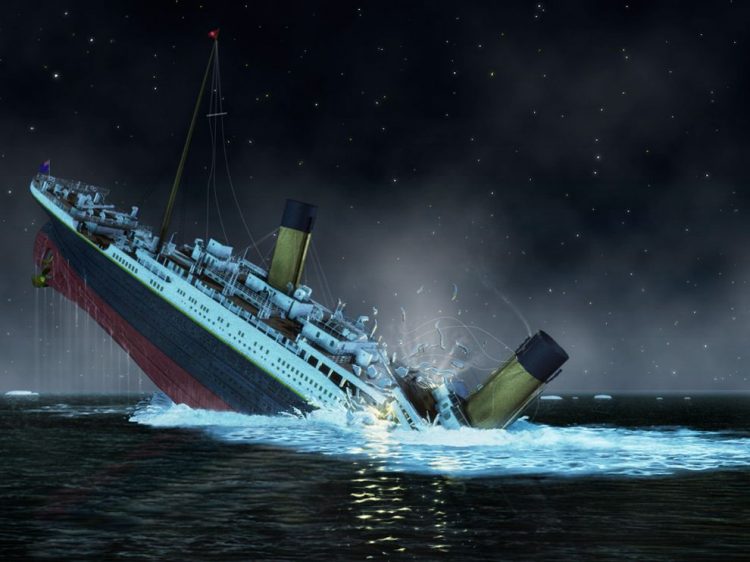
TJ: Yes, I’m working on a variation of it right now. It has to do with the Titanic and the people who were there. I’m a believer of taking this format and pushing the needle of history back so people who were involved in iconic events before the age of recorded sound but was later recorded at some point could tell their stories in first person like it was happening right now. I want to be the person to go back in time to tell stories like during the time of the Titanic, Alamo, the Assassination of Abraham Lincoln.
I found recordings of people that were made in the age of recorded sound that recounts these stories in first person and it is something that if we’re able to do it the way I hope we are able to do it, it will blow people’s minds. We talk about travelling deeper into space and National Geographic talks about exploration, and with my company, we do our own exploration for National Geographic. We dive into the archives and do explorations to find audio and footage of days gone by to tell stories in a brand new way. That is my hope.
SF: What is your next project?
TJ: I have a couple things happening one being space related. I’m waiting for National Geographic to give me a thumbs up and I’ll let you know what it is when that happens!
‘Apollo: Missions to the Moon’ airs tonight, Sunday, July 7, at 9pm ET/8pm CT on the National Geographic Channel.
